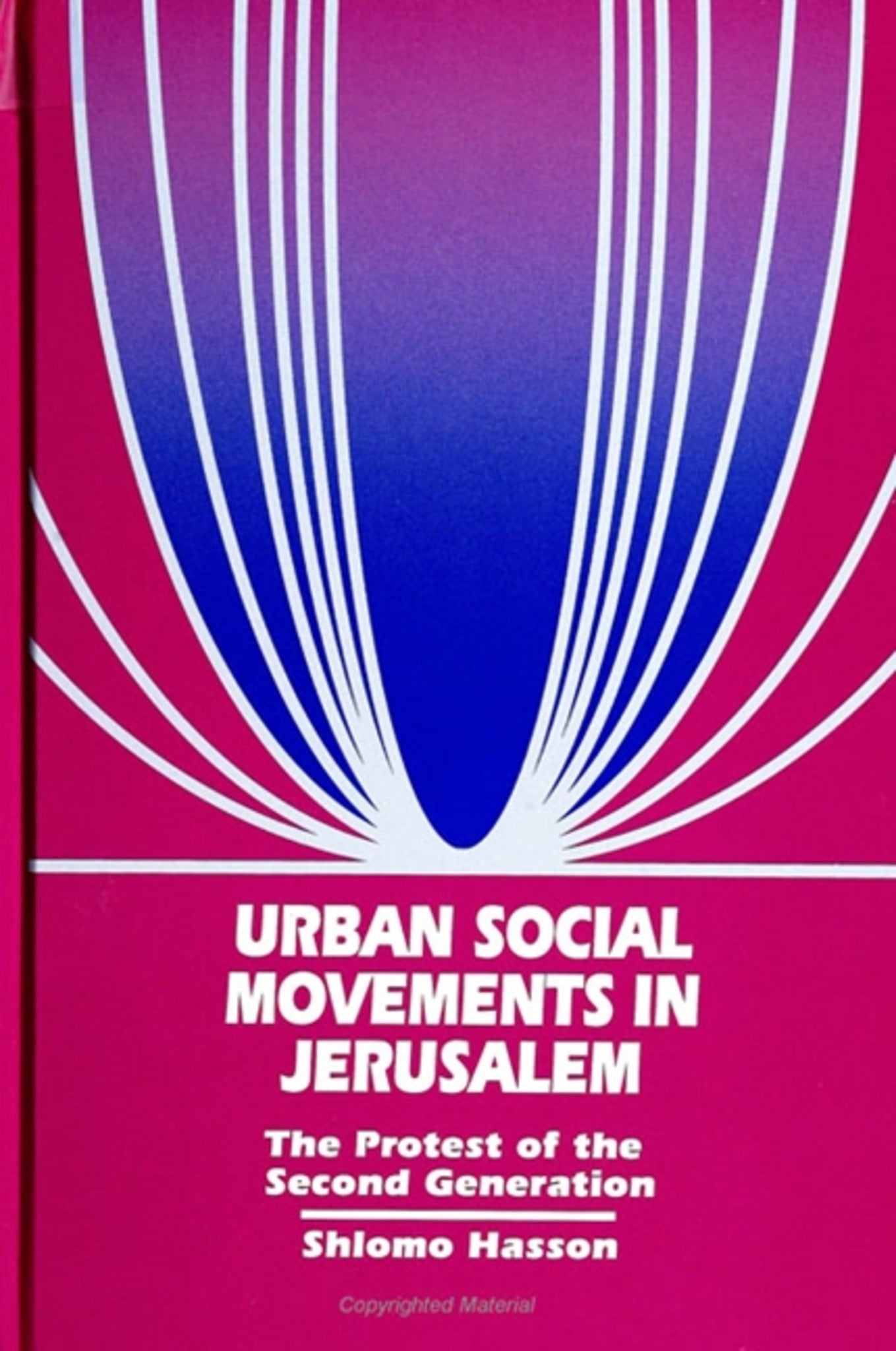We're sorry. An error has occurred
Please cancel or retry.
Urban Social Movements in Jerusalem

Some error occured while loading the Quick View. Please close the Quick View and try reloading the page.
Couldn't load pickup availability
- Format:
-
01 July 1993

Hasson explores the development of eight urban protest organizations in Israel, revealing how social deprivation is transformed into organized patterns of activity. To investigate how and why urban movements evolve, he depicts the housing and social conditions in which members of Jerusalem's second generation found themselves. He follows their trajectories: analyzes the process of organization building and the formation of urban social movements; the conflict between charismatic, protest powers and the state; the routinization of charisma. He also traces the critical response of the state to these processes.


"Movements among Jews of Middle Eastern origin in Israel have attracted a great deal of attention outside of Israel. Hasson sets this social phenomenon into its Israeli context and uses it to test theories of collective behavior.The book deals with the 'routinization of charisma' in these movements. Hasson shows the importance of leadership, the origins of leaders, et cetera. He describes the paths of both those who came from gang backgrounds and those who did not. He addresses the roles of social workers and politicians in initiating, sustaining, and coopting these groups." — Walter P. Zenner, State University of New York at Albany
List of Map and Figures
List of Tables
Preface
1 Urban Social Movements—Theoretical Discussion
2 The Emergence of Urban Social Movements
3 The Varying Types of Urban Protest
4 Why Do Urban Movements Diverge?
5 The Relationships Between the State and the Urban Movements
6 Theoretical, Practical, and Ethical Reflections
Bibliography
Index



